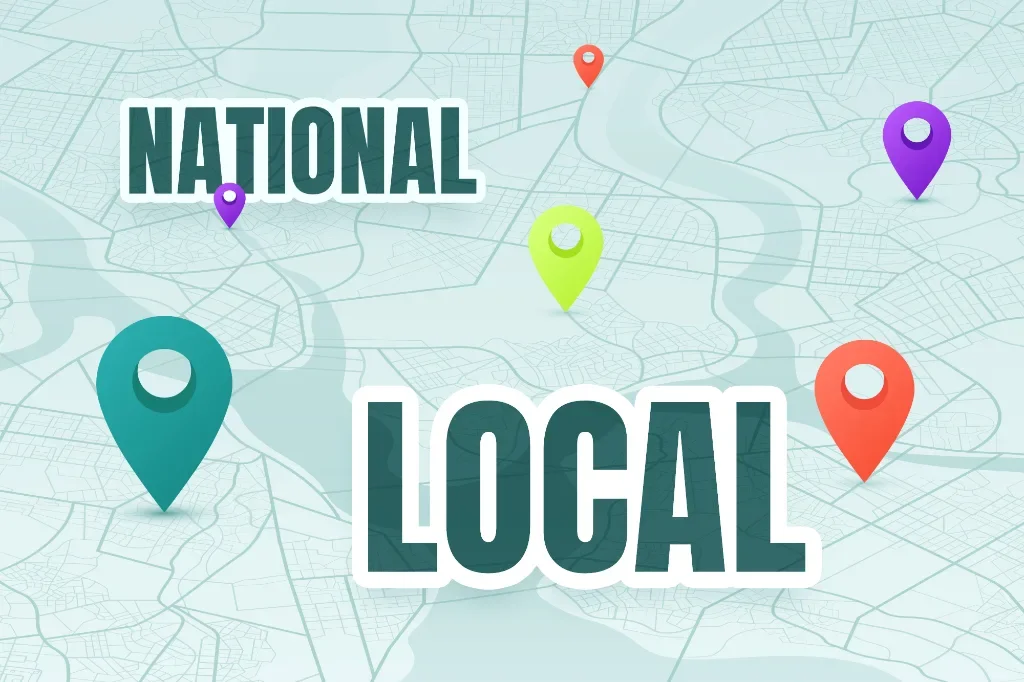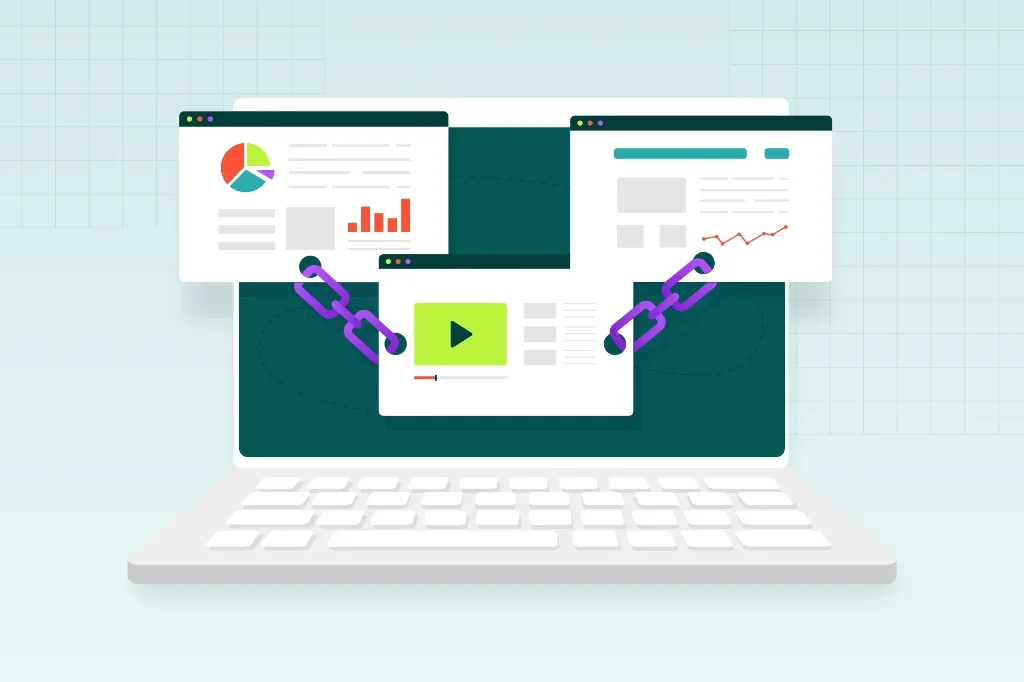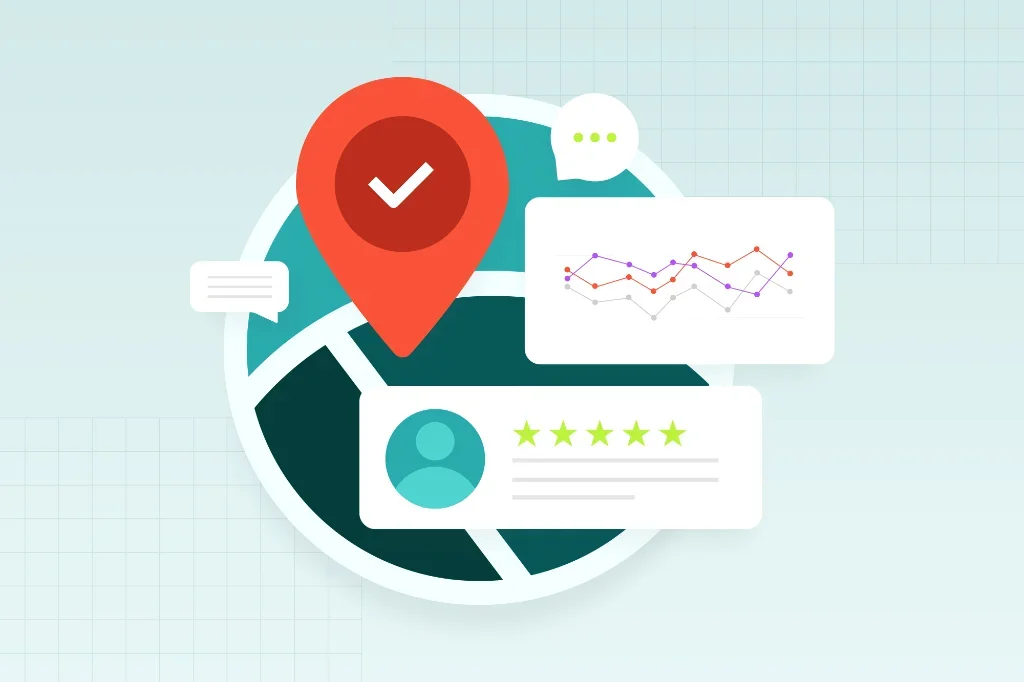When it comes to being found online, one-size-fits-all doesn’t work. Every business has its own footprint. Some businesses serve a single community; others reach customers across the country. That’s why your SEO strategy should reflect how and where you do business. Whether you’re running a local bakery or scaling a SaaS platform nationwide, choosing the right approach to search visibility can be the difference between getting lost in the noise or standing out. Should you focus locally, nationally, or find a sweet spot between both? Let’s dive into the key differences and help you figure out which path will give your business the biggest return on investment.
Understanding Local SEO
Local SEO is your secret weapon for connecting with customers in your backyard. It ensures your business shows up in search results when people nearby are actively searching for products or services in your area—whether they’re typing “near me” or naming your city directly. Ultimately, Local SEO helps drive foot traffic, phone calls, and leads from people in your area to your business.
Who Benefits from Local SEO?
- Brick-and-mortar businesses like restaurants, retail stores, gyms, or medical offices.
- Service-based businesses with defined service areas (contractors, lawyers, accountants).
- Multi-location businesses looking to grow in specific markets.
- Any business where customers need to visit a physical location.
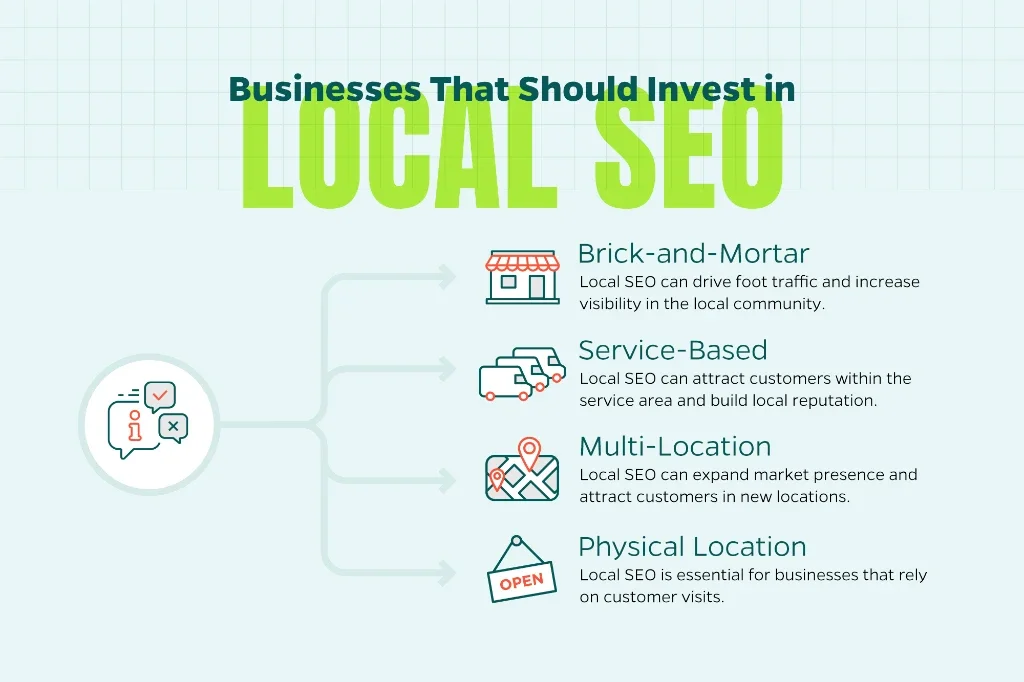
Core Components
Google Business Profile Management: Your Google Business Profile is your digital storefront. Optimizing it with accurate information, photos, and regular updates helps you appear in local search results and Google Maps.
Local Directory Listings: Consistent business information across platforms like Yelp, Yellow Pages, and industry-specific directories builds trust and authority in your local market.
Geographic Keyword Targeting: Using location-specific terms like “tax attorney in Austin” or “pizza delivery Milwaukee” helps capture local search intent.
Community Link Building: Earning links from local newspapers, chambers of commerce, and community organizations signals relevance to search engines.
Review Management: Positive reviews on Google, Facebook, and industry platforms act as social proof and influence local search rankings.
Map Pack Optimization: Appearing in the local 3-pack (those top three businesses shown in Google Maps) can dramatically increase visibility and foot traffic.
The Advantage of Local SEO
Local SEO is a cost-effective way to connect with nearby customers who are ready to act. A plumber in Kansas City only needs to outrank other local plumbers, not every plumber in America. As a local business, the company wants to ensure it is the first result when someone searches “emergency plumber near me,” leading to more calls and more jobs. By targeting a smaller, more relevant pool of competitors, Local SEO often delivers faster results and a better return on investment.
Understanding National SEO
National SEO is all about reaching people no matter where they are. Instead of zeroing in on one city or neighborhood, it focuses on building visibility across states or even the entire country. That means targeting broad, high-traffic keywords that aren’t tied to a specific location. If your customers can come from anywhere, National SEO helps make sure they can find you.
Who Should Focus on National SEO?
- E-commerce businesses without a physical storefront aiming to reach customers across the country.
- SaaS companies and digital platforms offering location-independent services.
- Content-driven brands like media outlets or influencers building a national audience.
- Established companies expanding beyond local markets to grow national visibility.
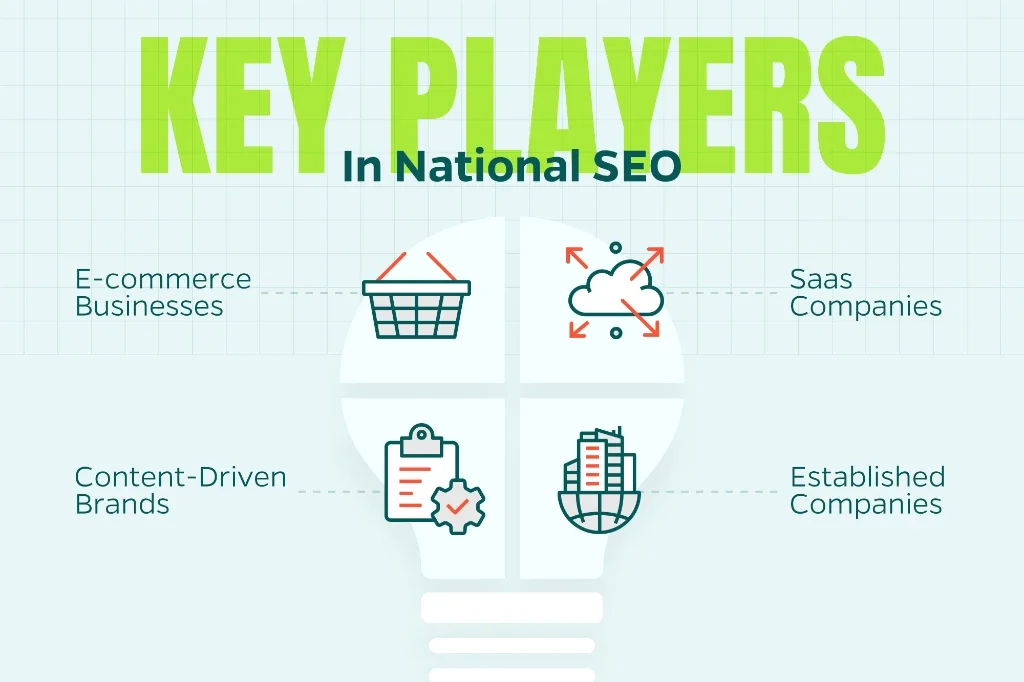
Core Components
Comprehensive Keyword Strategy: Targeting high-volume, competitive keywords like “CRM software” or “organic dog food.” This may require a fair amount of research and strategic planning.
Content Authority Building: Creating valuable, shareable content that positions your brand as an industry leader. This includes comprehensive guides, research studies, and thought leadership pieces.
High-Quality Link Acquisition: Earning backlinks from authoritative national publications, industry leaders, and influential websites to build domain authority.
Technical Excellence: Ensuring your website performs flawlessly across all devices and locations, with fast loading speeds and seamless user experience.
Brand Development: Building recognition for your brand name and establishing it as a trusted authority in your industry.
The Opportunity of National SEO
National SEO opens the door to exponential growth and market leadership. While it often demands greater resources and strategic patience, you’re not just competing—you’re positioning yourself alongside industry giants and building the kind of brand recognition that transforms businesses. The investment pays dividends through massive traffic volumes, nationwide customer acquisition, and the prestige that comes with ranking for competitive industry terms. For businesses ready to scale, National SEO offers the pathway to becoming a recognized authority in your field, with the potential for revenue growth that far exceeds local limitations.
Side-by-Side Comparison of Local SEO and National SEO
Aspect | Local SEO | National SEO |
Target Market | Specific geographic areas | Broad, nationwide audience |
Keyword Focus | Location-based terms | Industry and product-focused terms |
Competition Level | Local businesses | National/international competitors |
Link Building | Local directories and organizations | High-authority industry publications |
Budget Requirements | Generally more affordable | Higher investment typically required |
Timeline to Results | Often faster (3-6 months) | Longer-term strategy (6-12+ months) |
Success Metrics | Calls, visits, local leads | Traffic volume, national rankings, conversions |
Scope and Audience
Local SEO is hyper-focused on a specific area, making it ideal for businesses with a physical presence. National SEO targets a broader audience, perfect for online businesses or brands with a nationwide reach.
Keyword Strategy
Local SEO leans on geo-specific keywords to capture local intent (e.g., “Chicago coffee shop”). National SEO goes after broader, often more competitive terms (e.g., “coffee beans online”).
Competition
With local SEO, you’re up against other businesses in your area. National SEO pits you against big players and industry leaders, which can be tougher but offers greater rewards.
Tools and Tactics
Local SEO relies heavily on Google Business Profile, local citations, and reviews to build trust locally. National SEO emphasizes content marketing, high-quality backlinks, and technical optimization to compete on a larger scale.
Budget and Resources
Local SEO is often more affordable, requiring fewer resources to target a smaller area. National SEO demands a bigger budget for content creation, link building, and ongoing optimization to stay competitive.
Making the Right Choice for Your Business
Despite the guidelines mentioned above, the decision between local and national SEO isn’t always clear-cut. Here’s how to think through your options:
Evaluate Your Business Model
Choose Local SEO if you:
- Serve customers who visit your location.
- Have a defined service area or delivery zone.
- Rely on local relationships and word-of-mouth.
- Want to see results quickly with a smaller budget.
Choose National SEO if you:
- Sell products or services online.
- Can serve customers anywhere.
- Have the resources for a long-term strategy.
- Want to build a recognizable national brand.
Consider a Hybrid Strategy
For many businesses, blending local and national SEO delivers the best of both worlds. For businesses with multiple locations, the most effective strategy often involves:
- Location-specific pages for each business location.
- Local optimization for individual Google Business Profiles.
- Regional content strategies that address local market needs.
- National brand building to establish overall authority.
Take a regional law firm, for example. The firm might focus on local keywords to attract clients in each city they serve, while also publishing authoritative content that builds their reputation across the legal industry nationwide. This dual approach helps capture nearby leads and establish broader credibility at the same time.
Investment and Timeline Expectations
Local SEO Investment
Local SEO typically requires a smaller upfront investment and can show results within 3-6 months. Key tactics include:
- Google Business Profile optimization
- Local directory submissions
- Review management tools
- Location-specific content creation
National SEO Investment
National SEO requires more significant resources and patience (6-12 months), but the potential for scalable growth is much higher. Key tactics include:
- Comprehensive keyword research and strategy
- Extensive content creation and marketing
- Technical website optimization
- Authority-building link campaigns
- Ongoing competitive analysis
Tracking Your Success
The key performance indicators for Local and National SEO differ significantly, and tracking the wrong metrics can give you a false sense of progress. Consequently, it’s important to make sure your metrics match your approach.
Local SEO Metrics That Matter
Local Search Visibility Track your rankings for location-specific keywords and monitor your presence in the Google Map Pack. Tools like Google Search Console and local rank tracking platforms can show you exactly where you appear when customers search for your services in your area.
Google Business Profile Performance Your Google Business Profile provides detailed insights including how customers find your listing, what actions they take (calls, website visits, direction requests), and how your photos and posts perform. Pay special attention to the “calls” and “directions” metrics—these often translate directly to revenue.
Geographic Traffic Analysis Use Google Analytics to monitor organic traffic from your target geographic areas. Look for increases in sessions from your local market and track how this local traffic behaves differently from visitors outside your area.
Local Conversion Tracking Monitor conversion rates specifically for location-based keywords. A local restaurant might track online reservations from searches like “Italian restaurant downtown,” while a contractor might measure quote requests from “plumber near me” searches.
Review Metrics and Sentiment Track not just the quantity of reviews but their quality and response to negative feedback. Monitor review velocity (how often you receive new reviews) and your average rating across platforms. Tools like ReviewTrackers or Grade.us can automate this monitoring.
Local Citation Consistency Regularly audit your business listings across directories to ensure consistent NAP (Name, Address, Phone) information. Inconsistent citations can hurt local rankings and confuse potential customers.
National SEO Metrics That Drive Growth
Organic Traffic Volume and Quality Monitor overall organic traffic growth but dig deeper into traffic quality. Look at metrics like pages per session, time on site, and bounce rate to understand whether your traffic is engaged with your content.
Keyword Portfolio Performance Track rankings across your entire keyword portfolio, not just a few target terms. Use tools like SEMrush, Ahrefs, or BrightEdge to monitor keyword visibility trends and identify opportunities for content expansion.
Brand Authority Indicators Measure branded search volume (people searching for your company name) and track mentions across the web. Tools like Google Alerts, Mention, or Brand24 can help monitor your brand’s online presence and sentiment.
Content Performance Analytics Analyze which content pieces drive the most organic traffic and conversions. Look at metrics like content engagement, social shares, and the number of backlinks individual pieces generate.
Competitive Market Share Use competitive analysis tools to understand your visibility compared to industry leaders. Track your share of voice in organic search and monitor how your content performs against competitors’ content.
Revenue Attribution Connect your SEO efforts to actual revenue using attribution modeling in Google Analytics. Track the customer journey from organic search through conversion and calculate the lifetime value of customers acquired through organic channels.
Tools for Comprehensive Tracking
- Google Analytics 4 for traffic and conversion tracking.
- Google Search Console for search performance data.
- Google Business Profile insights for local metrics.
- SEMrush, Ahrefs, and BrightEdge for comprehensive keyword and competitor tracking.
- Moz Local for Local SEO monitoring and citation management.
- CallRail or similar for phone call tracking and attribution.
- At Straight North we also offer our own reporting tool, called GoNorth! Reporting. It provides real-time analytics on rankings, traffic, leads, and more.
Why Getting This Right Matters
Choosing the wrong SEO strategy is like trying to catch fish with the wrong bait in the wrong pond. A local business spending resources on national keywords might struggle to compete, while a national brand ignoring local opportunities could miss out on valuable regional markets.
The right SEO strategy aligns with your business goals, customer behavior, and available resources. It ensures every dollar spent works toward growth that matters for your bottom line.
Ready to Develop Your SEO Strategy?
SEO isn’t just about rankings—it’s about connecting with the right customers at the right time with the right message.
At Straight North, we’ve helped businesses across industries develop SEO strategies that drive real growth. From local service providers to national e-commerce brands, we understand that one size doesn’t fit all. Ready to explore what’s possible for your business? Let’s start the conversation.

